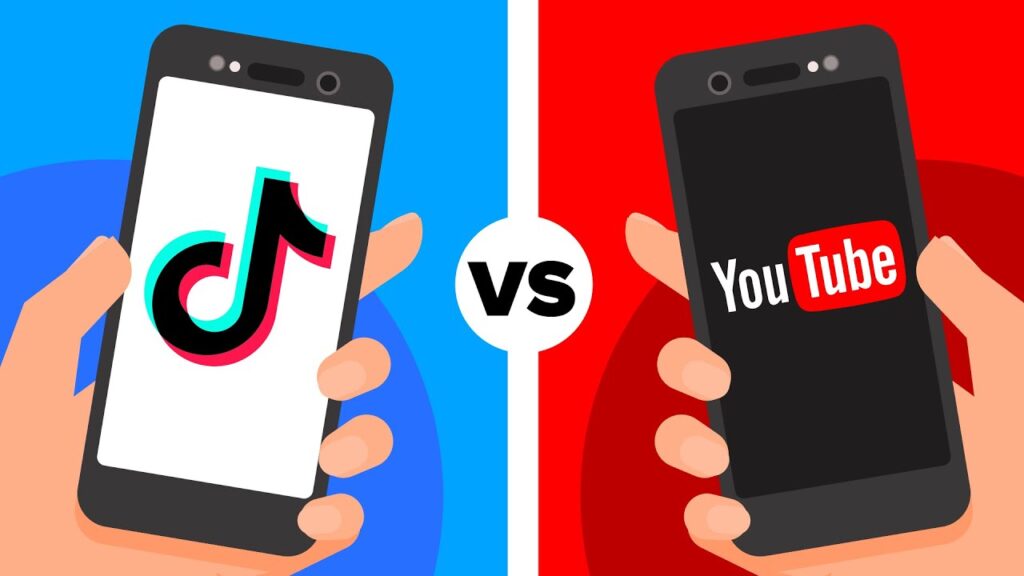TikTok vs. YouTube: Which Platform Is Better For Marketing?
When it comes to digital marketing, the choice of platform plays a significant role in the success of your campaign. In recent years, these have emerged as two major players, capturing the attention of millions of users across the globe. As a marketer, you may be wondering which platform is better for your marketing efforts. In this blog post, we’ll discuss the pros of using these two platforms for marketing, and help you decide which one is best for your brand.

TikTok: Quick, Entertaining, And Trendy
- Massive and engaged user base: With over 1 billion monthly active users, it is among the fastest-growing social platforms. This offers marketers a vast audience to interact with and target.
- High engagement: The short-form video format and algorithm-driven feed contribute to the high engagement rates on TikTok, making it easier for brands to go viral.
- Adaptability to trends: it is known for its trending challenges and catchy music, which makes it easier for brands to get creative with content and ride the wave of popularity.
- Influencer partnerships: Collaborating with popular tiktokers can be an effective marketing strategy, considering their massive followers and influence on the platform.
Youtube: Long-Form, Informative, And Evergreen
- Video content dominance: Video content dominance is a new way to approach video marketing. It’s about creating a video that will rank highly on YouTube, and then using that ranking to drive viewers to your website.
The idea is that if you can rank for a keyword or phrase that has tons of searches, you’ll get lots of traffic from people who are looking for whatever it is you’re talking about in your video—and then they’ll go from YouTube to your site, where they’ll hopefully buy something or subscribe to your channel.
- Evergreen content: Unlike TikTok, YouTube content has a longer shelf life, allowing it to continue generating views and engagement for a more extended period.
- SEO benefits: Optimizing YouTube videos for search can drive more traffic and improve visibility, which positively impacts marketing efforts.
- Wide demographic reach: YouTube caters to a more diverse age range and interest groups, giving marketers a broader audience for targeting.
Conclusion
Neither of these two can be considered the absolute best for all marketing campaigns, as it depends on your target audience, marketing objectives, and resources. If your target audience is mainly younger individuals and you want to capitalize on short-video trends and content virality, tiktok would be a better fit. However, if you aim to build a diverse following through long-form, evergreen content and leverage the SEO benefits while targeting a broader demographic, YouTube is a more suitable choice.
Ultimately, you should assess your brand goals, audience, and resources before deciding on the platform that will provide the best return on your marketing investment.

